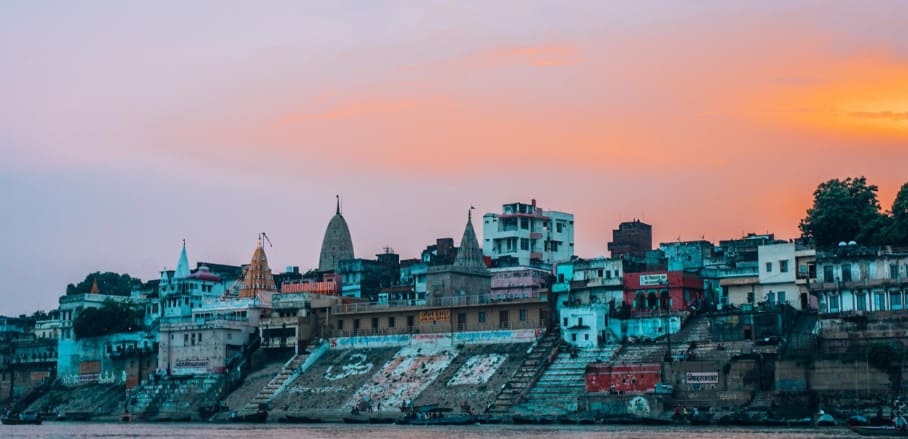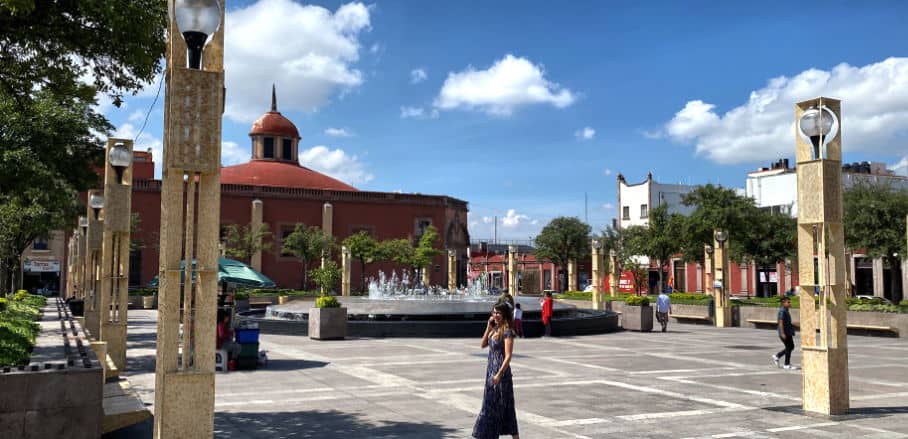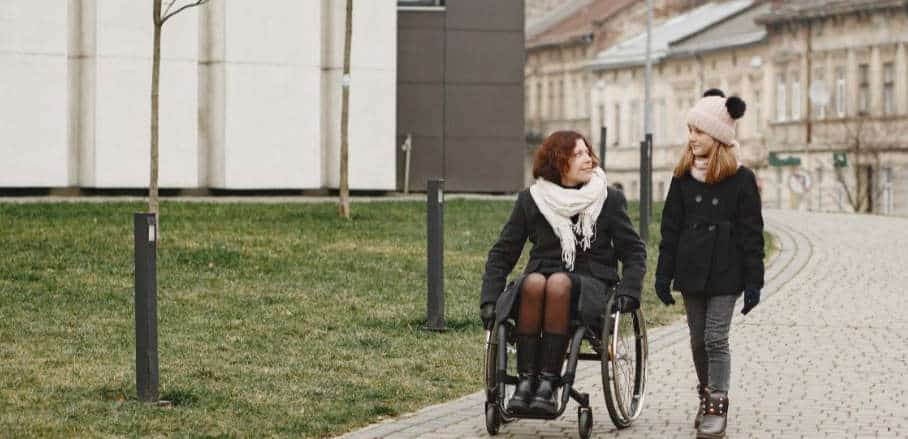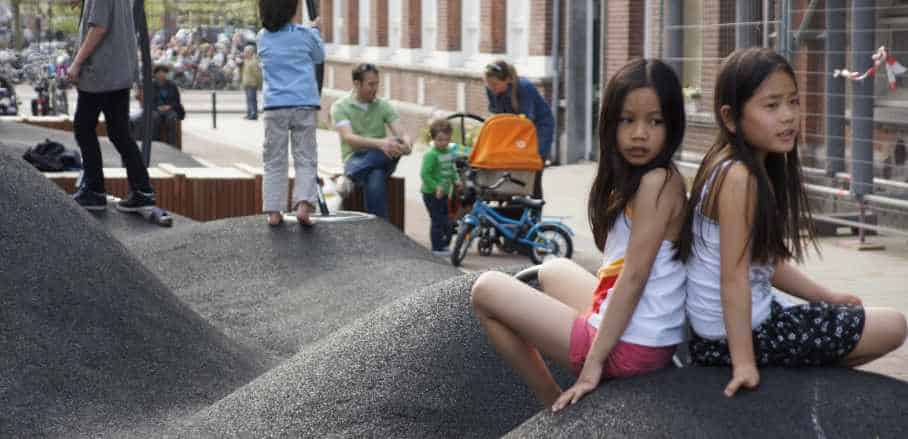Integrated Planning
Medulla: Connecting the Four Hearts of Antioquia
In Antioquia, Colombia, a groundbreaking strategic plan is poised to reshape the region's landscape. As Aníbal Gaviria Correa argues, the “Medulla: The Long City of Four Hearts” initiative heralds a new era for Antioquia by prioritising regional development.
Planning in the Shadow of Colonialism: India’s Balancing Act
Explore how colonial legacies perpetuate inequalities in access to resources like housing and food in contemporary Indian cities. Join Utkarsh Sharma in unraveling this narrative and seeking paths to decolonization.
The Right to Food: School Feeding Initiatives and Inequality in Kenya’s Urban Informal Settlements
Interconnected crises are fuelling food insecurity and negatively impacting children the most. Serah Kiragu-Wissler is convinced: School feeding programmes can push processes towards the realisation of a right to food.
The Right to Livability: Tackling Suburban Spaces and Peripheral Settlements
Embark on a journey through Queretaro’s urban transformation with Jorge Javier, where migration and climate challenges inspire pivotal changes. Uncover the compelling reasons driving transformative urban shifts for a sustainable and climate-resilient cityscape.
Celebrating Human Diversity – Urban Planning for Disability Equity and Inclusion
How we plan and design for human diversity requires serious rethinking if we genuinely want to address inequity and injustices in our suburbs and cities. By Lisa Stafford
Fall and Rise of Streets as Vital Public Spaces for Children
From Amsterdam's playful Potgieterstraat to Barcelona's superblocks and Bristol's 'Playing Out' movement, Sudeshna Chatterjee is exploring how urban landscapes are transforming to be more child-friendly.





